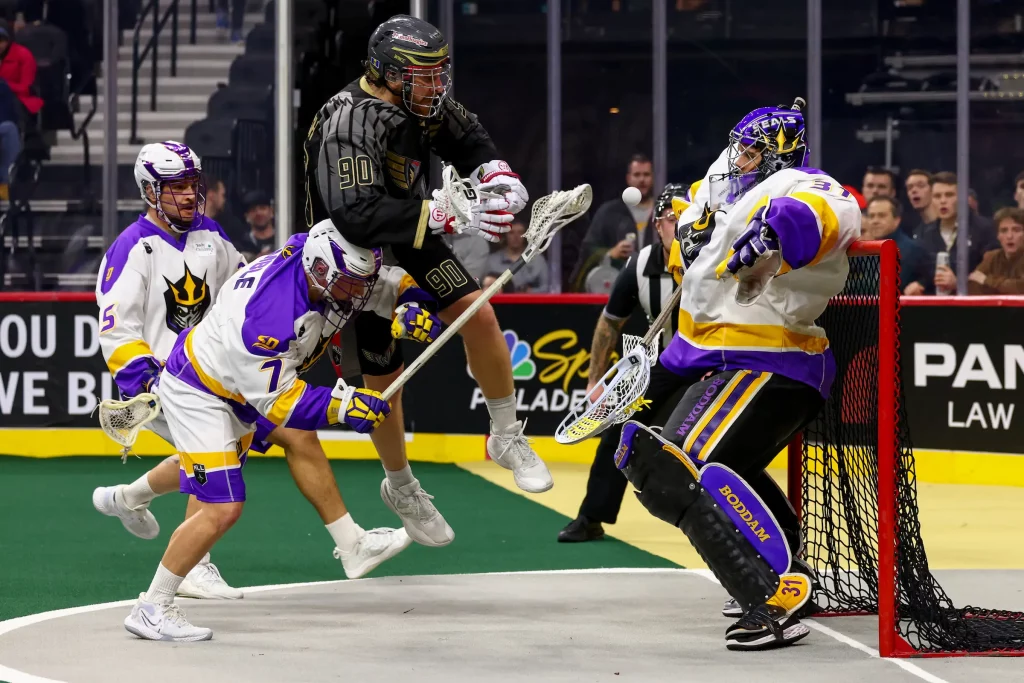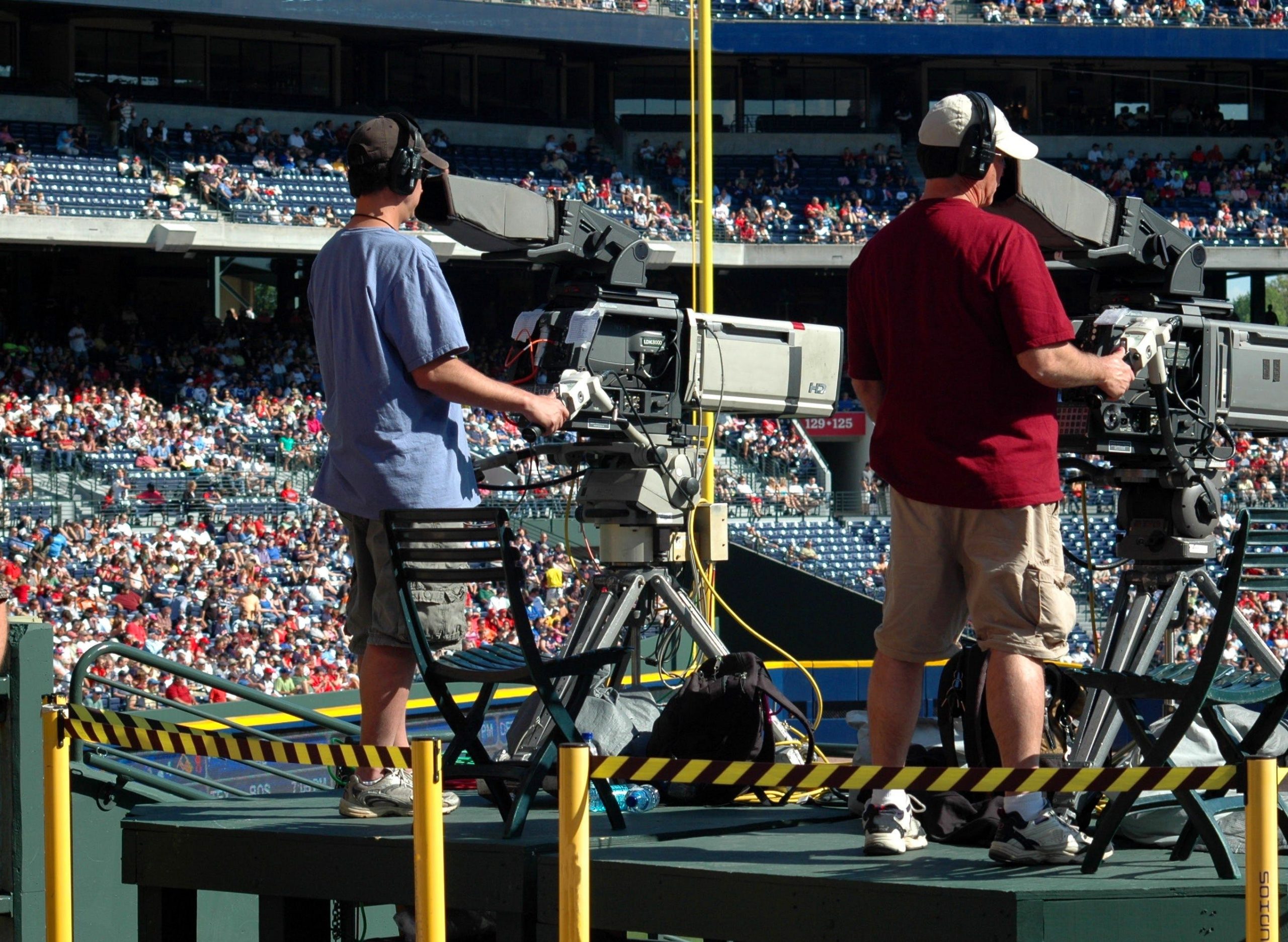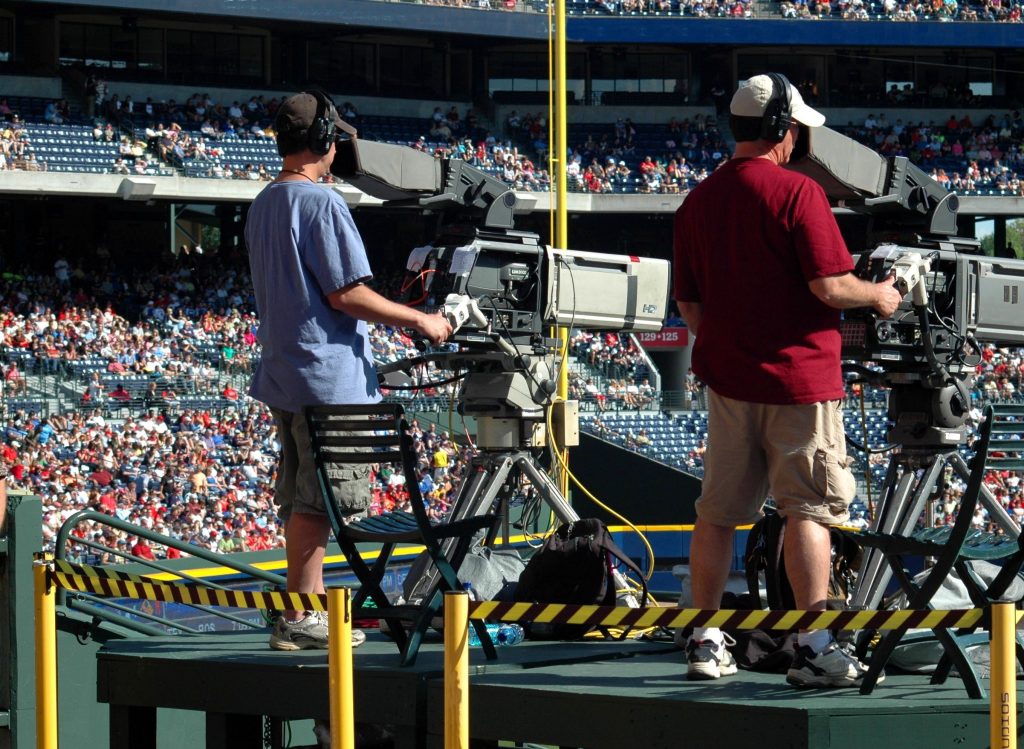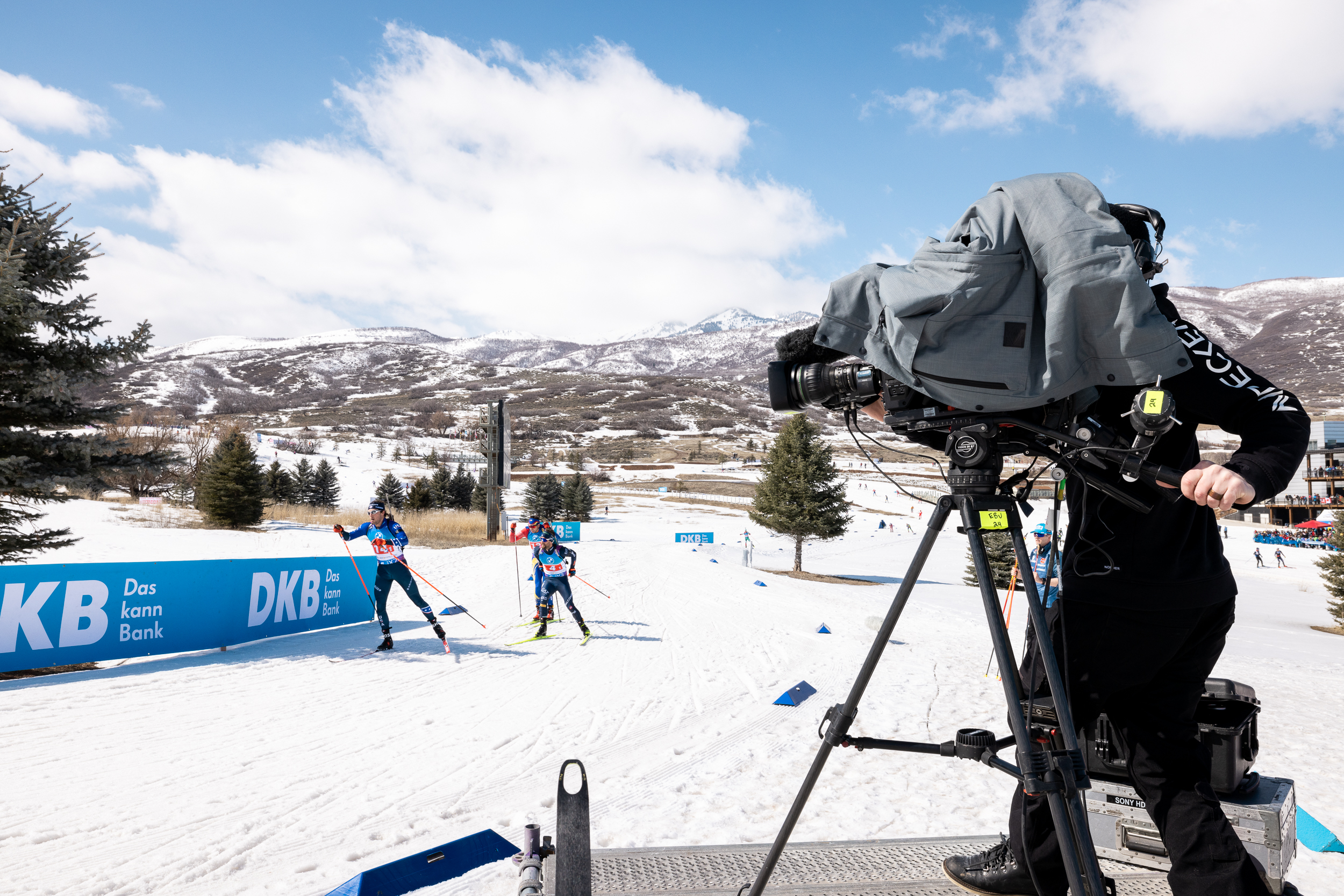In recent years, the landscape of live sports broadcasting has undergone a transformative shift, with the adoption of Remote Integrated Media Workflow (REMI) gaining significant momentum. This technology, propelled further into the spotlight during the COVID-19 pandemic, has revolutionized how broadcasters produce live content. In this blog post, we will delve into the key aspects of REMI production, exploring its benefits, applications, and technological advancements that have made it a game-changer in the industry and how Dragonfli is at the forefront of its application in sports broadcasting.
What is REMI Production?
REMI, short for Remote Integrated Media Workflow, has become an essential tool for broadcasters looking to produce live content remotely. It allows teams to overcome challenges posed by in-person production limitations, like having entire production teams travel to event locations. With cloud-based technologies and remote production systems, broadcasters are now able to seamlessly produce content from any location worldwide. At Dragonfli, we produce events out of our Salt Lake City studio for sporting events across the US with broadcasts reaching both the US and Canada in the case of the National Lacrosse League.

What are the Advantages of REMI Production?
Cost and Time Efficiency
The REMI model eliminates the need for an entire production crew to be on location, reducing expenses like flights and hotels and eliminating the time associated with travel and setup. The same production team can efficiently produce multiple events within a shorter time frame, even on the same day. Crews are able to produce games taking place at 7 p.m. on the East Coast, followed by a game at 7 p.m. on the West Coast without missing a beat.
Global Talent Collaboration
With a REMI production, broadcasters have the flexibility to work with talent from any location, expanding the pool of available personalities for events. The geographical constraints are removed, allowing collaboration with desired talent as well as broadcast from anywhere a game takes place. Whether contract producers or employees, REMI provides for greater cooperation in the industry: folks across the US and the world can work together on projects without the issue of travel time, cost or location.
Scalability and Efficiency
Leveraging cloud technology enables scalability, creativity, and efficiency in production workflows. The central production hub of our Salt Lake City studio allows us to be more nimble on the day to day. It also allows us to grow and work with more clients with greater time efficiency.
The decrease in sunk costs like travel frees up budget to increase the quality of the production overall: higher quality images, more camera angles, expanded graphics packages and more. REMI production also allows access to more sporting and live events for many who would not otherwise have the resources for an on-site production. In the case of sports, greater access to production exposes a wider audience to each team outside their local market.
Of course, every innovation presents its own challenges. For REMI production, the limitations exist around internet connectivity and upload and download speed. In some cases, this can be mitigated by moving to a delayed broadcast versus a live broadcast.
What are the Applications of REMI Production?
Sporting event broadcasts are one of the more common uses for REMI. Over 15 professional and collegiate sports, from the National Lacrosse League, NCAA basketball and PAC-12 Network, now utilize REMI production for its efficiency and flexibility. Our work with the National Lacrosse League demonstrates the utility of this production mode. Our team is able to produce games for four of the league’s teams which play across the US, all from our Salt Lake studio, regardless of geographic location. There are additional applications in news media as well, where only a camera and encoder need to be at the site of the event, while the rest of the production equipment operates from a remote studio. REMI can also prove useful for government and public safety uses, with one remote camera transmitting to a central news or production facility. Music videos are also making use of the remote model; with multiple visual elements and components to consider, the director can achieve their vision with less setup and take-down time between shots.

REMI Production Live Sports Workflow
REMI productions begin just like many multi-camera live sports broadcast productions, with a traditional setup of camera coverage for gameplay as well as talent in the booth and a sideline reporter. Video and audio captured in the field is the starting point for any REMI production. As it’s captured, the video, audio and scoring data is transferred via secure data connections from the venue to the remote broadcast studio. The REMI control room can range from a flight pack to a dedicated control room or production truck, depending on the production needs. The REMI studio is effectively the traditional broadcast truck with positions for the broadcast team: technical director, director, producer, AD, graphics, bug operator, replay and video operator, and audio engineer. All the traditional communication methods remain in play, including IFB, talkback, camera tally, and program and data feeds to talent.
REMI production has emerged as a transformative force in live sports broadcasting, offering unparalleled flexibility, efficiency, and cost savings. As technology continues to advance, the REMI model is expected to further evolve, providing broadcasters with powerful tools to enhance creativity, collaboration, and overall content quality. The future of live sports production is undoubtedly intertwined with the cloud-based REMI workflow, promising an enriched experience for audiences worldwide.
Find out more about Dragonfli’s Live Video Solutions here.
References:
Haivision
Streaming Learning Center
Matrox
Sports Video Group
Streaming Media



